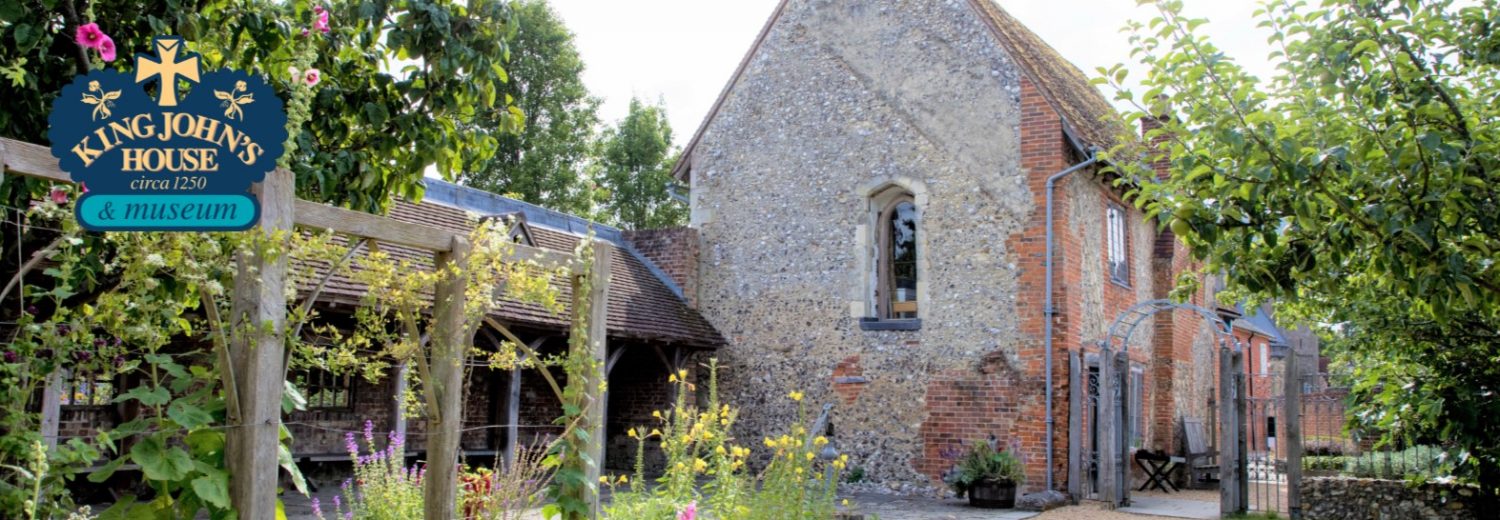The Long Bow and its Impact on the Battle of Agincourt, a talk by Stephen Whelan
Stephen Whelan’s brilliant talk on the impact of the long bow on the battle of Agincourt, 25 October 1415, contextualised the importance of the long bow not only in one of the most famous battles of the Hundred Years War, but also to warfare in general. Spencer explained how the use of the long bow contributed greatly to the English victory at Agincourt. The English army of around 6000 won an unlikely victory over the vast French army which was believed to have numbered between 30,00 – 60,000 men. Below are some interesting points made by Stephen regarding the importance of the long bow and its place in history.
The use of the long bow during the Hundred Years War was one of the factors that brought about the end of chivalric warfare
The term ‘chivalry’ can be traced to the old French term ‘chevalier’ which means horseman or knight. Chivalry became a knightly code of conduct which can loosely be described as rules and regulations to live by. This ‘code’ was practiced by members of the nobility both on and off the battlefield in countries such as France and England. During the Hundred Years War the English began to depend more and more, not on their knights, but on their bowmen who were primarily made up of yeomen, men of lower rank than the knightly classes. At the battle of Agincourt the French refused to believe that the English yeomen would dare attack their knights. One of the reasons for the failure of the French army at Agincourt was the their plan relied heavily on the English abiding by traditional chivalric values and when it was clear that the English had no intention of doing this, the French did not react quickly enough to English tactics it was the courage and chivalry of the French that lost them the battle in the end.
During the Hundred Years War the English created something akin to a long bow making industry
The kings of England during this period enforced an edict that meant than men had to practice using the long bow. Boys would start practicing from the age of six, and were required to do so both on the way to and from Mass. The term ‘doing the rounds’ is thought to come from these sessions, during which local men would go around their town or village shooting at targets. By the time these men were ready for battle they were skilled with the bow, and the years of training meant they had built up incredible upper-body strength, so much so that archers during the middle ages were easily recognisable from their muscular physique. A long bow-man could shoot around ten arrows per minute. At Agincourt the English army was heavily depleted by dysentery, with around 6000 men it total, and for each knight there were four archers. This number was minuscule in comparison to the French army, of which eyewitness accounts say there were between 30,000 and 60,000 men. However, with so many archers able to shoot up to ten arrows per man – arrows which could penetrate armour and shoot through visors and gaps at the neck and stomach - carnage ensued and the French army fell into chaos. Horses charged everywhere and a bloodbath followed.
Ironically, the French indirectly contributed to their own downfall at Agincourt
The medieval long bow was made of Yew wood, and the best bows would come from trees which grew in the south of France, Spain and Italy as the wood was more supple than English wood. During the Hundred Years War period, English kings declared that merchants bringing goods from these regions would also have to bring yew wood with them if they wished to trade. For example, wine merchants from Lombardy were to bring four bow staves with every cask of wine. So it wasn’t only French merchants, but they did have a part to play in the English long bow making industry.
The Legacy of the long bow
The advent of the mass use of the longbow was one factor which began to bring about the end of the traditional age of chivalry. Eventually the use of the long bow gave way to more modern technologies, however the last recorded use of the long bow in battle by the English was at Dunkirk in 1940 by ‘Mad Jack’ Churchill. The long bow still holds its place in modern culture; swearing with two fingers is thought by some to have come about from the mutilation of English archers fingers by the French during the Hundred Years War. As an act of defiance the English were thought to symbolically raise their two fingers at the French army. Furthermore, the term ‘rule of thumb’ is thought to have derived from archers measuring the space between their bows and string to make sure the string was not slack.
Talks are held at King Johns House on the first Wednesday of every month and cover all sorts of topics from various periods of history. Next month on Wednesday 5th August we are lucky to have Malcolm Heathcote coming in to give a talk on Heraldry.

Follow Us